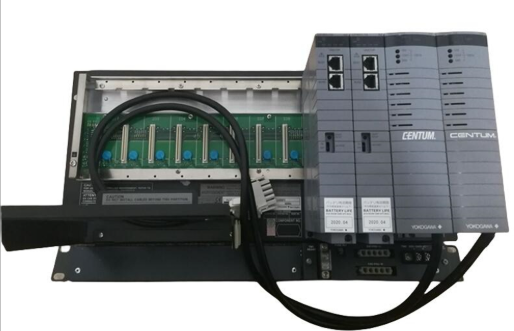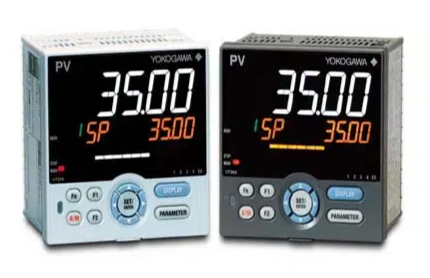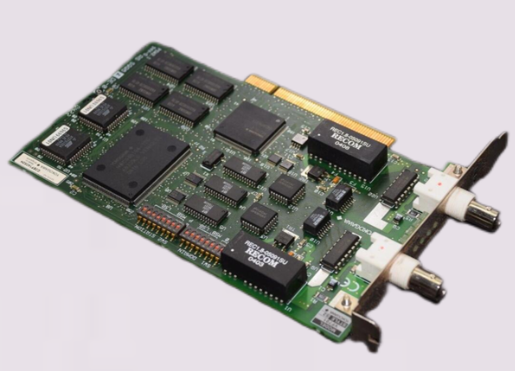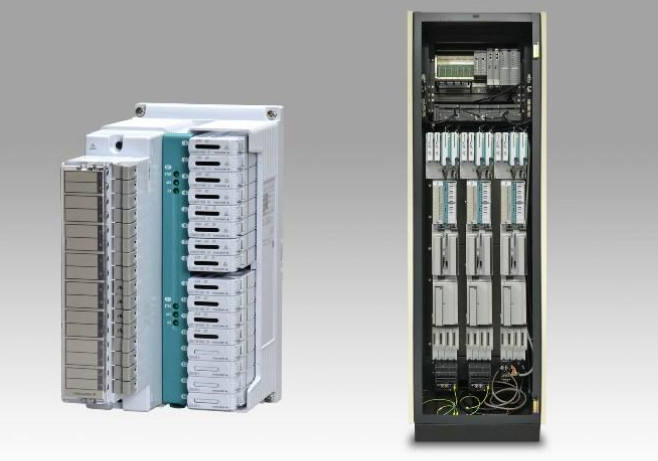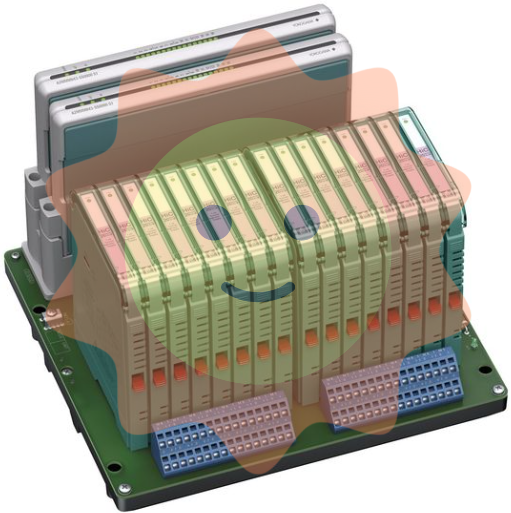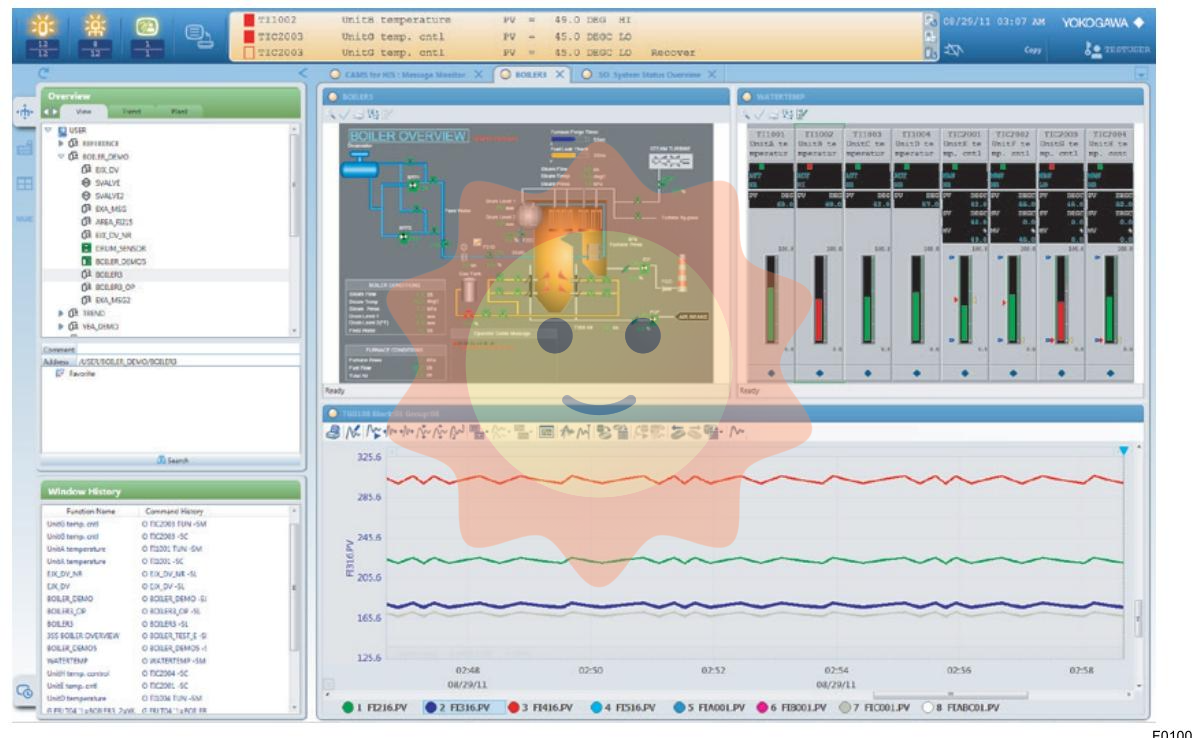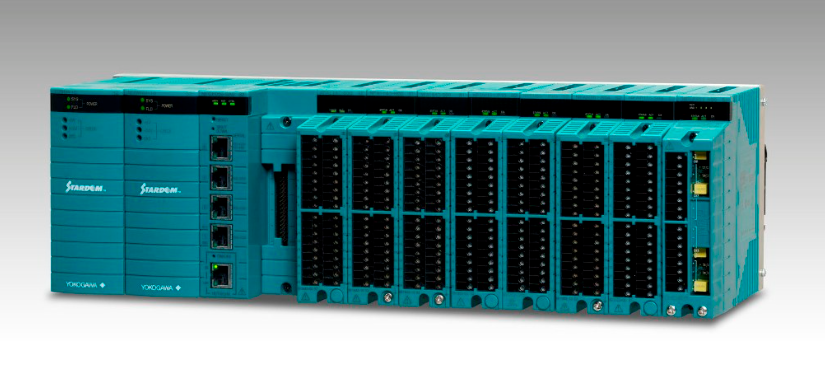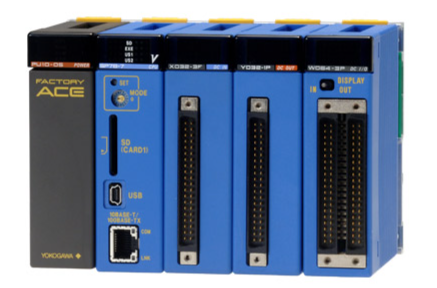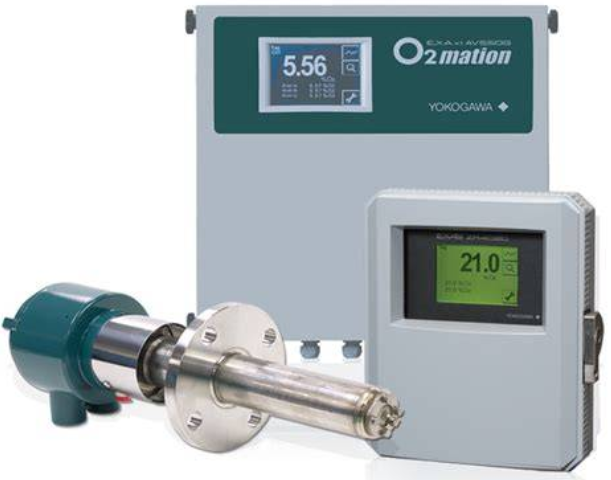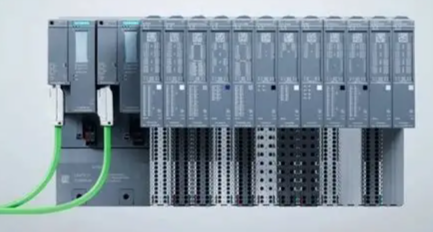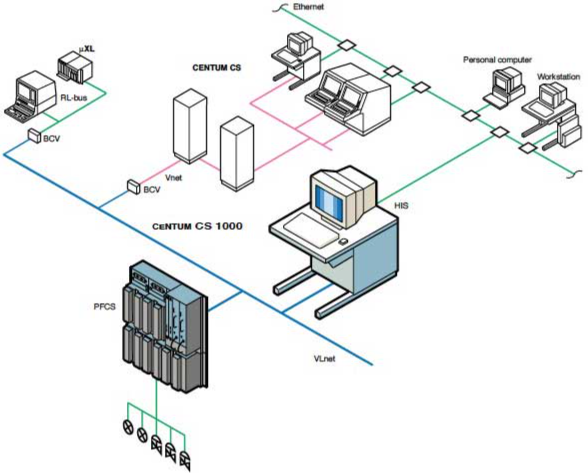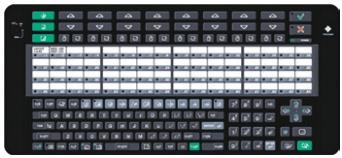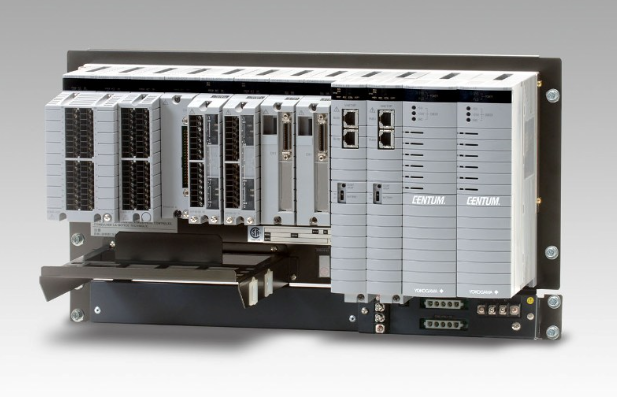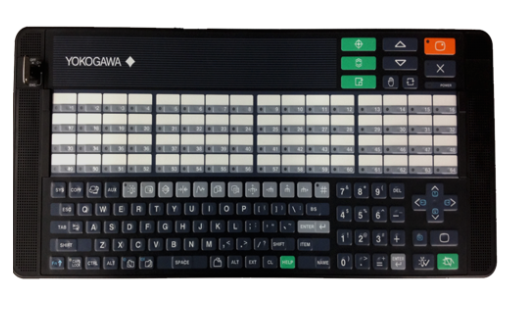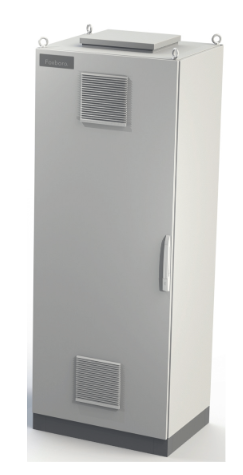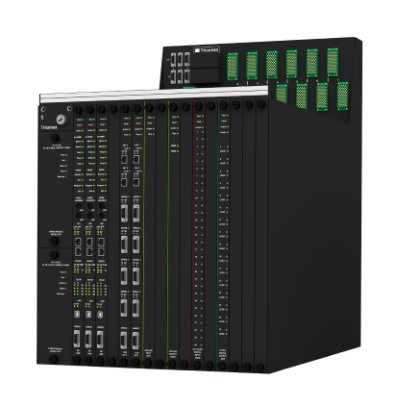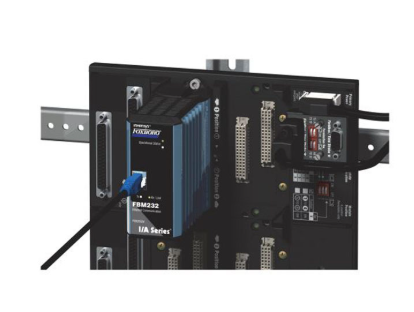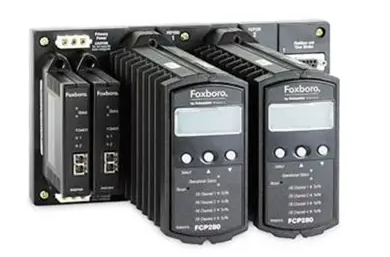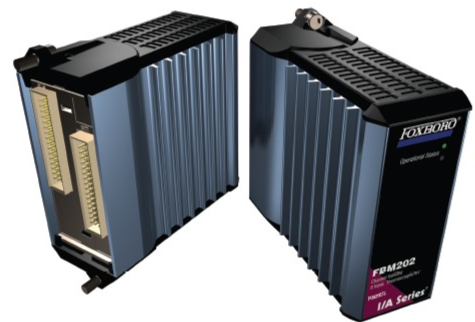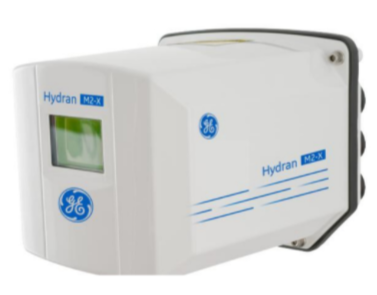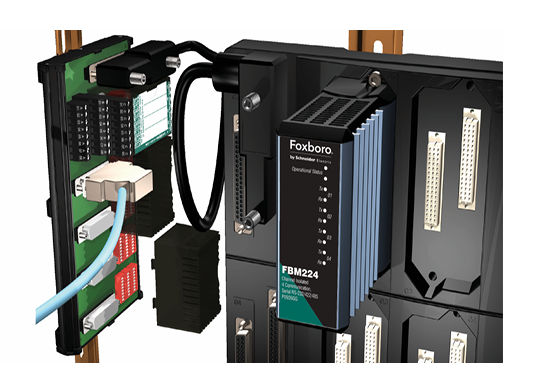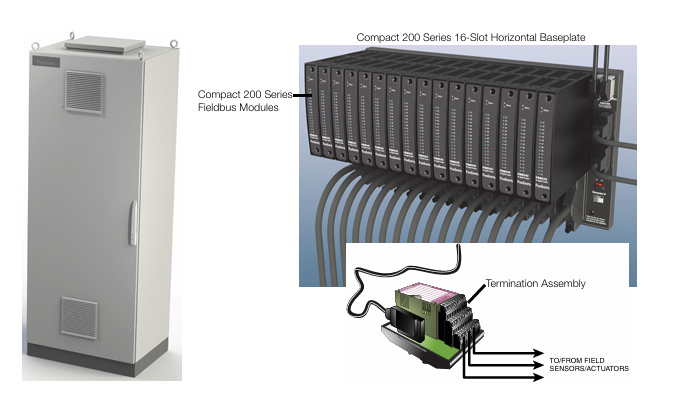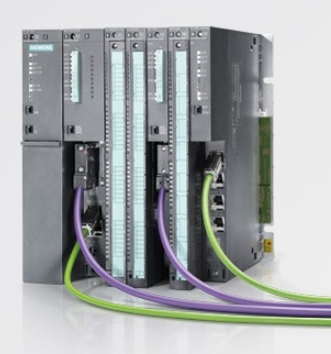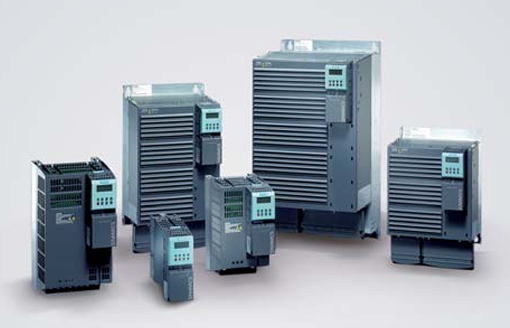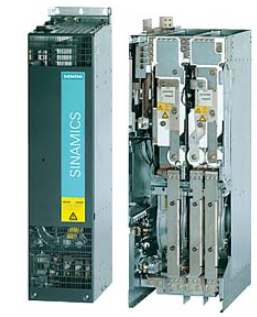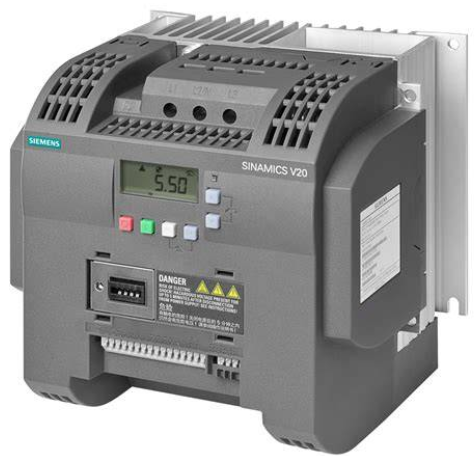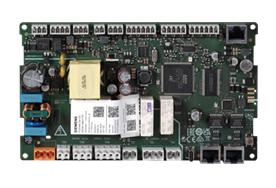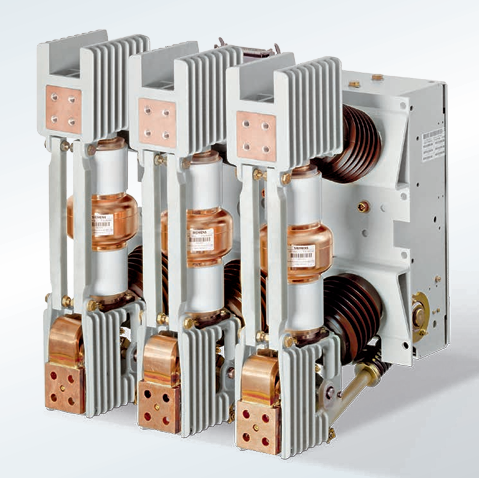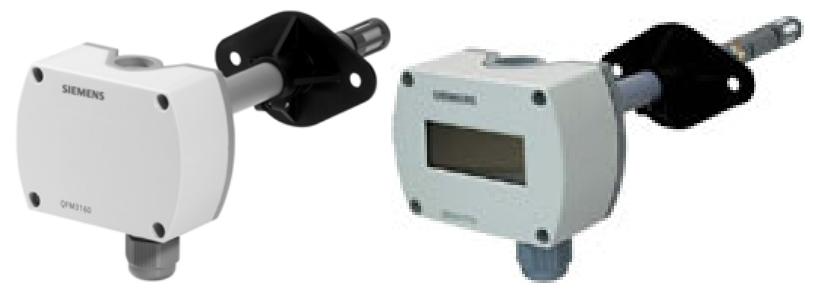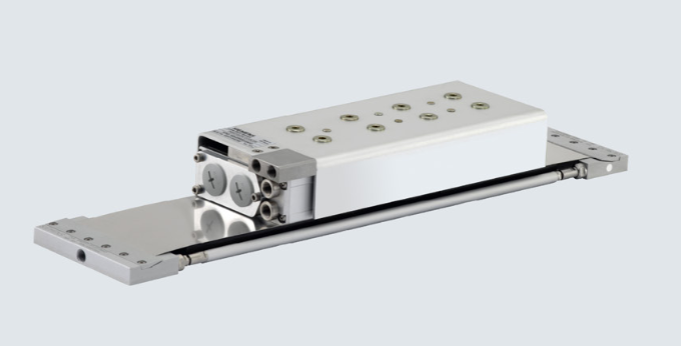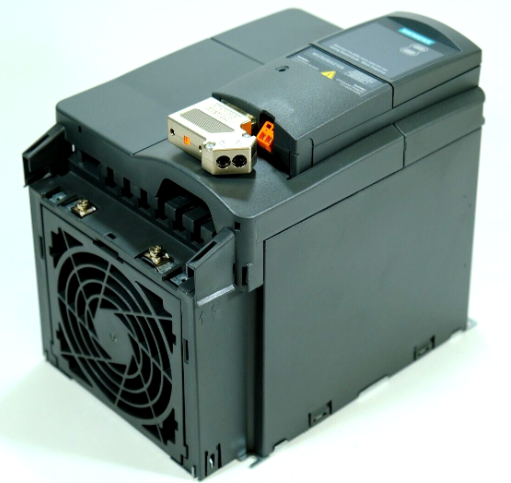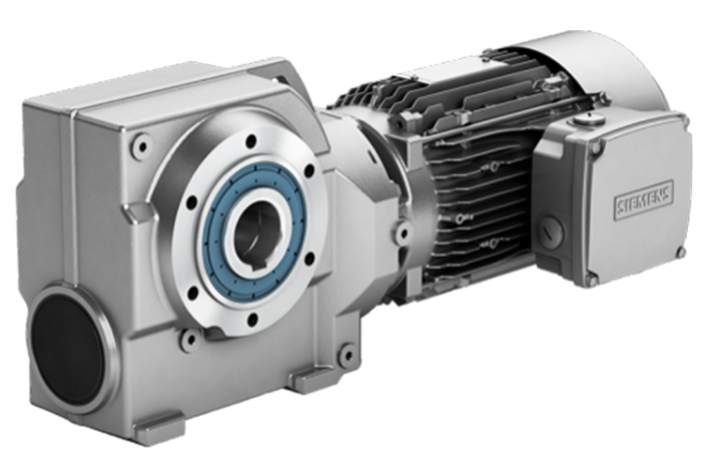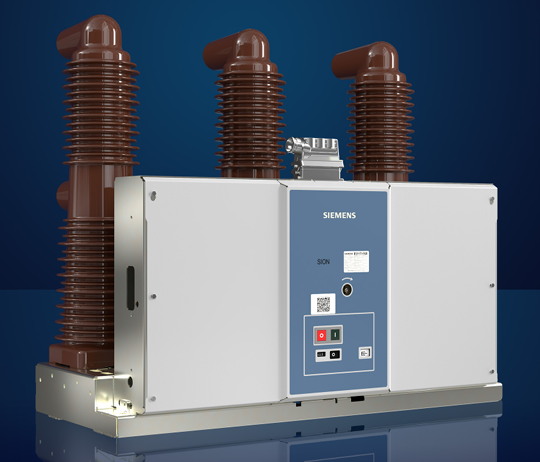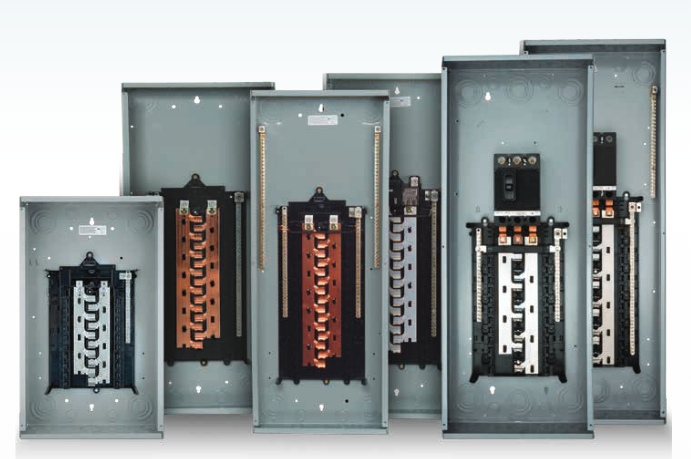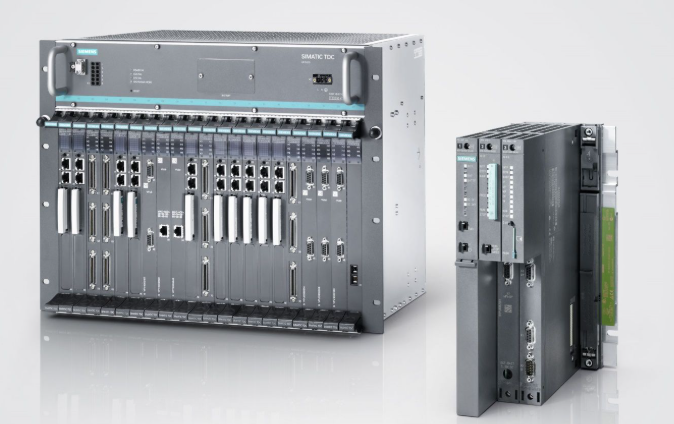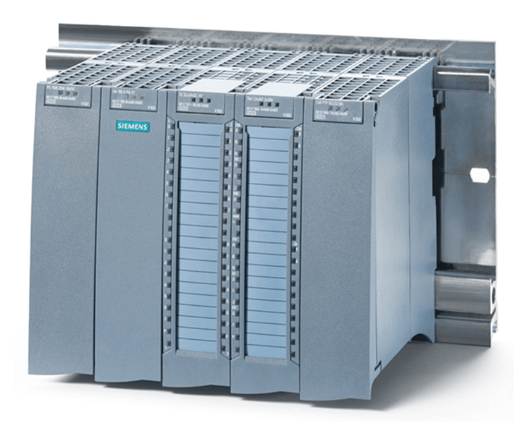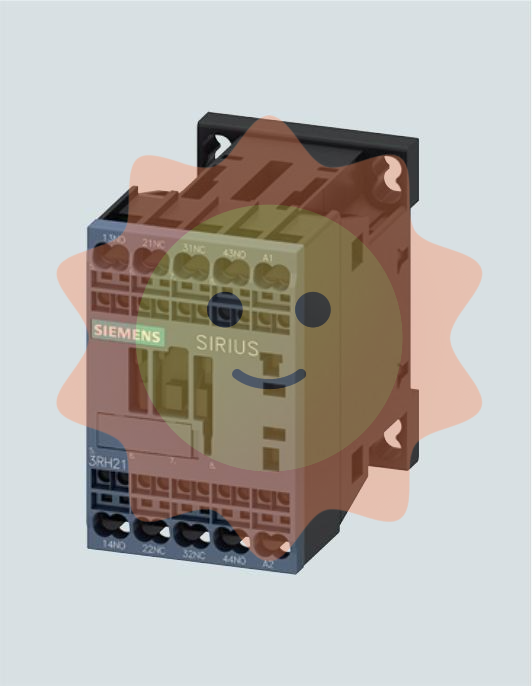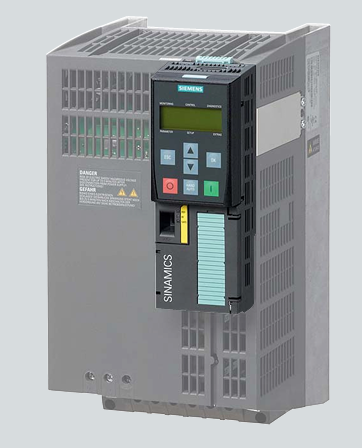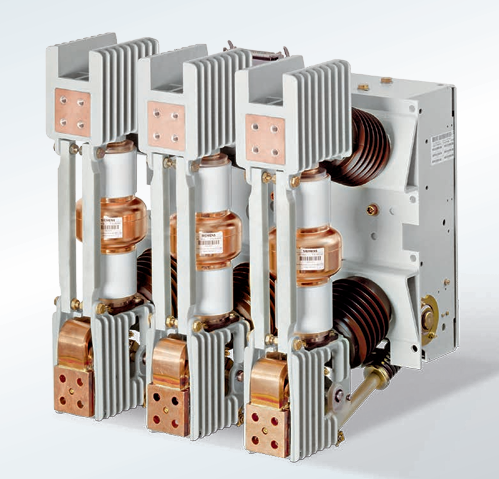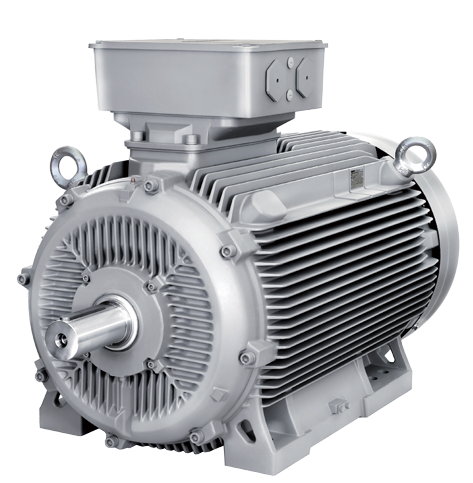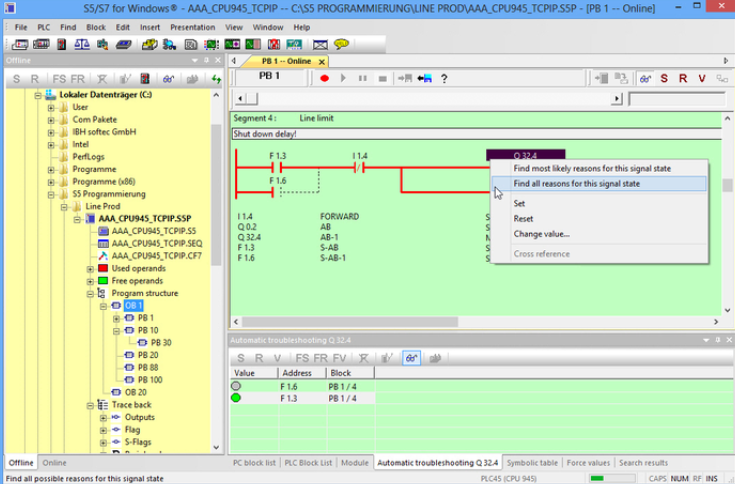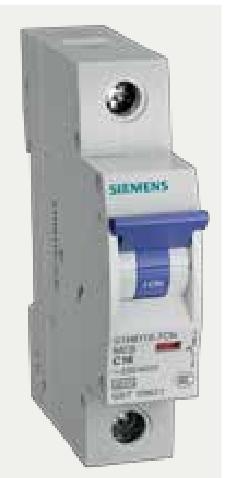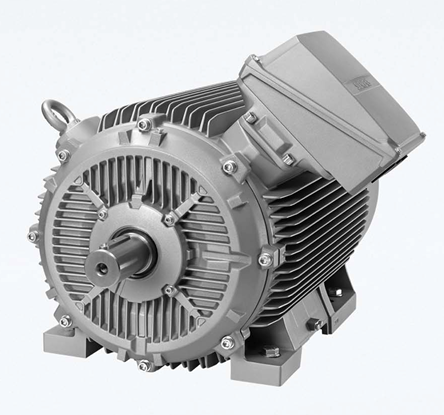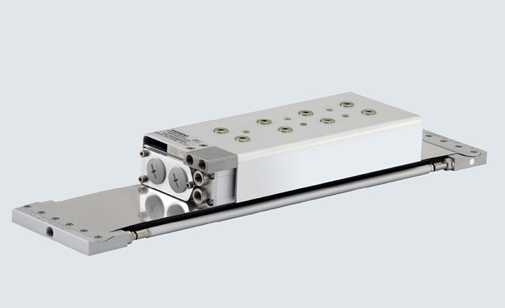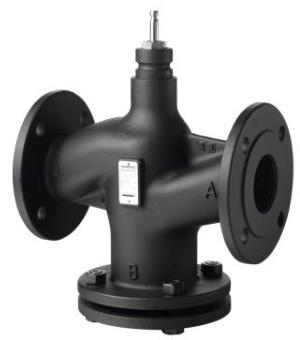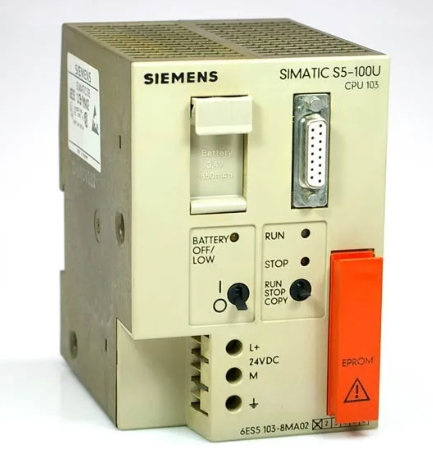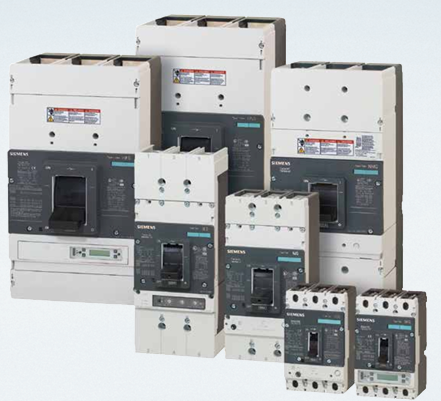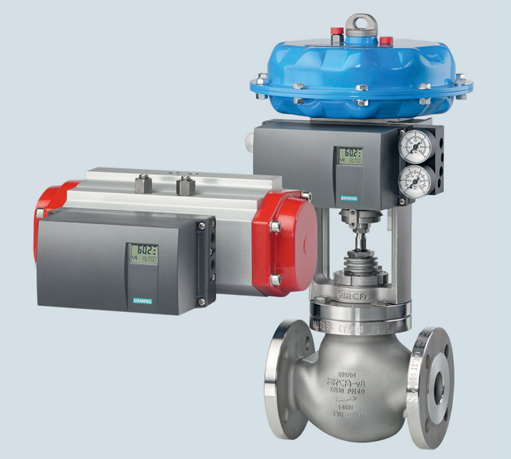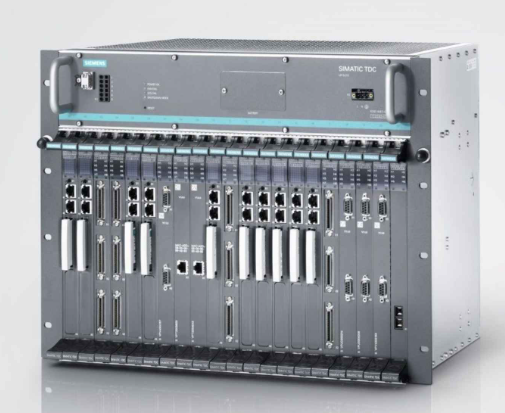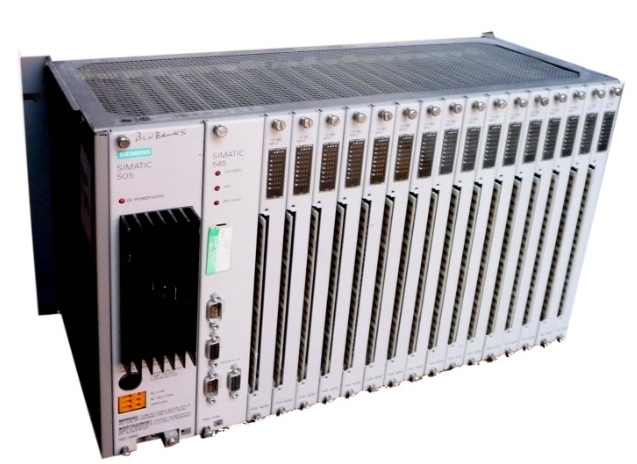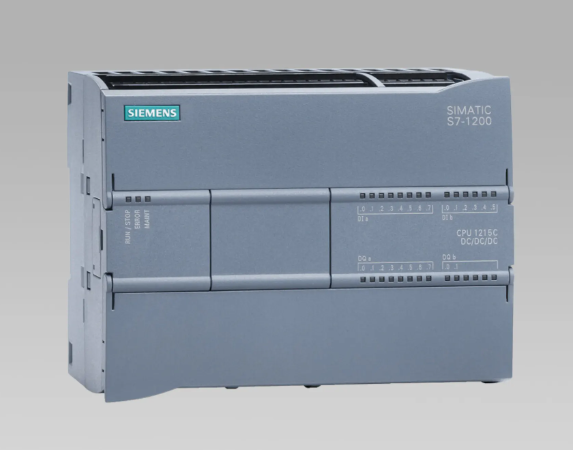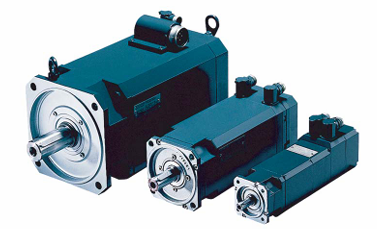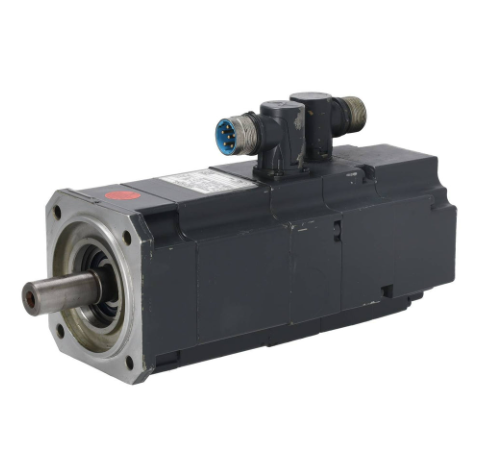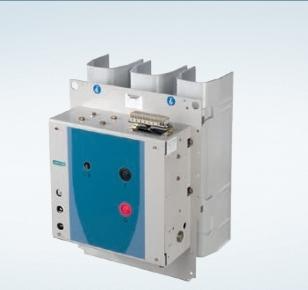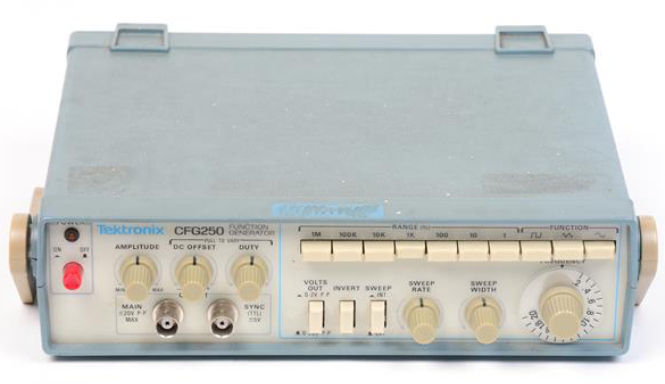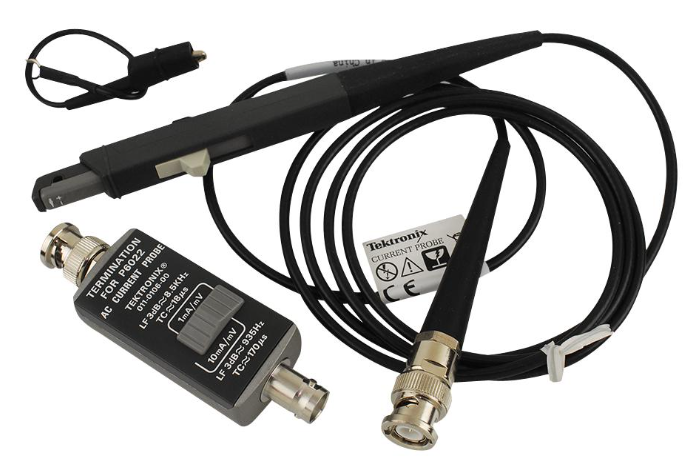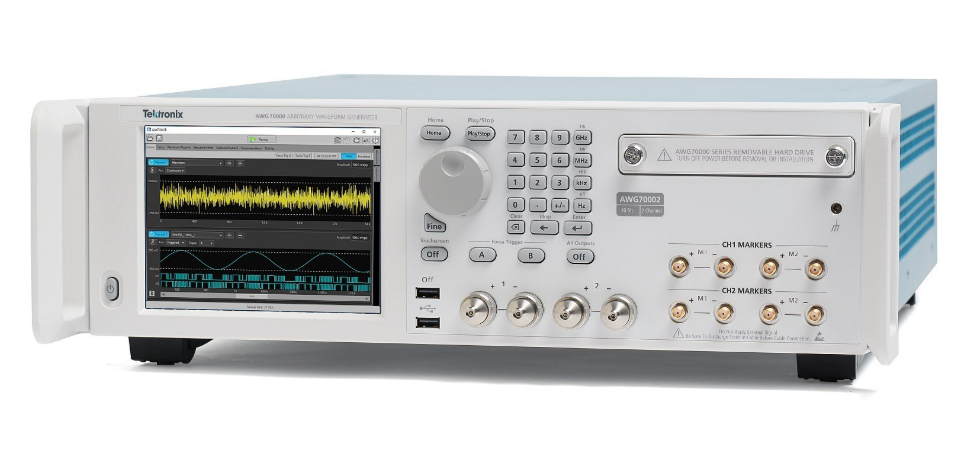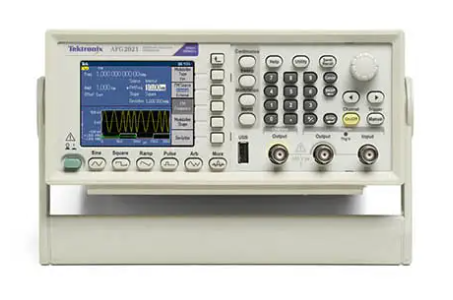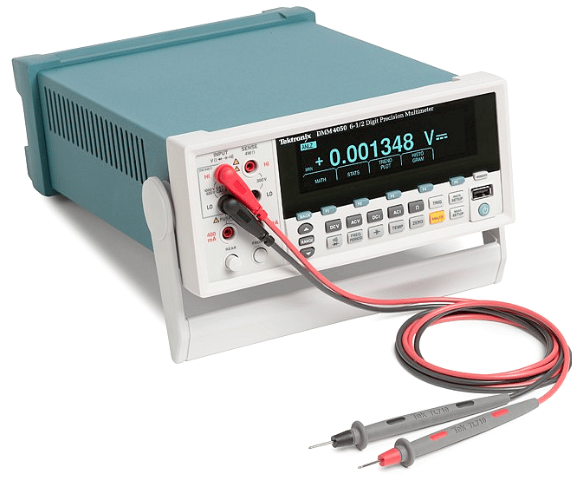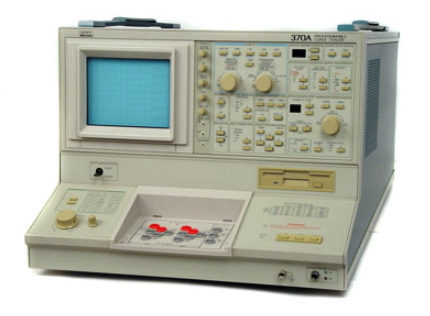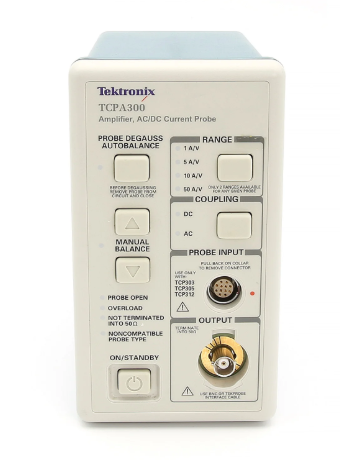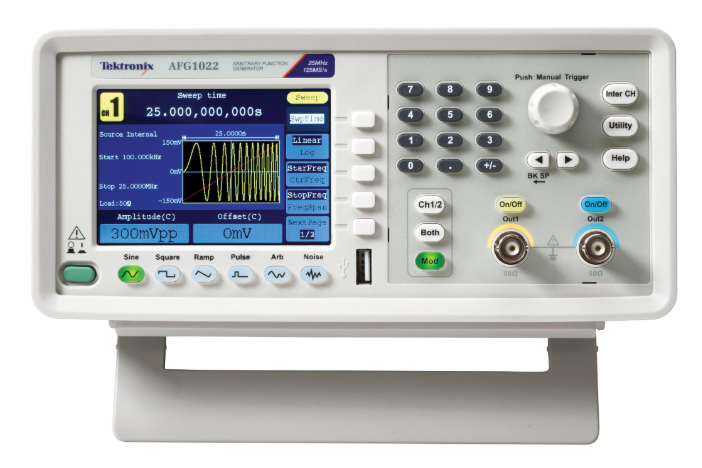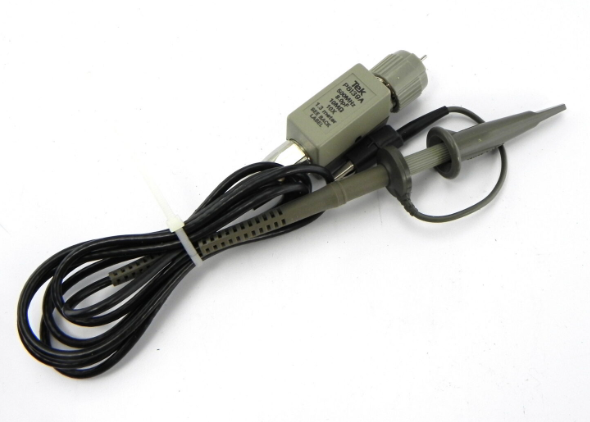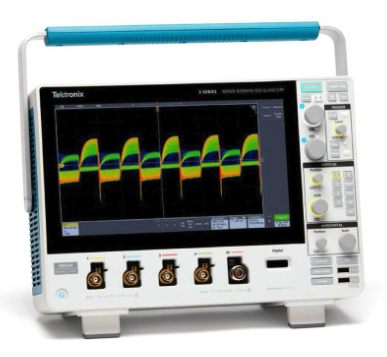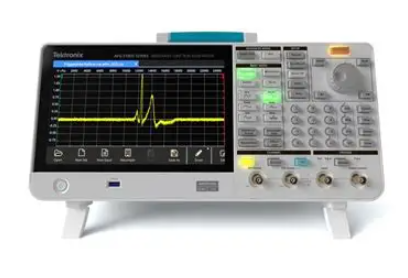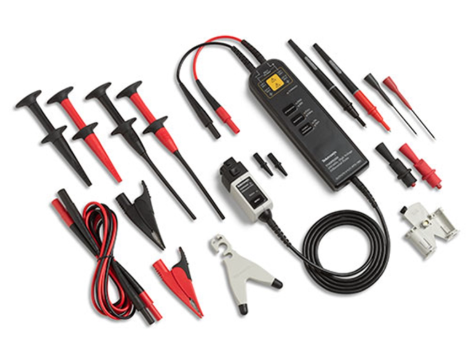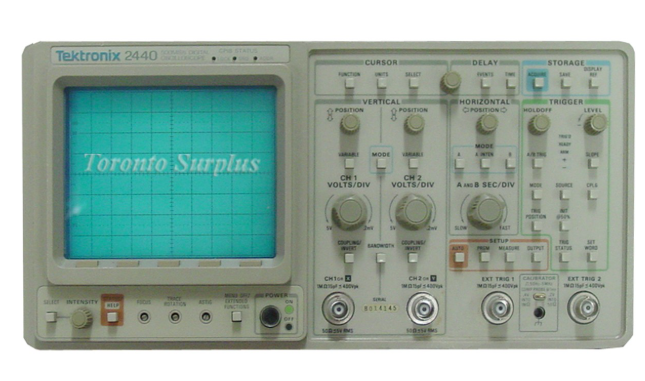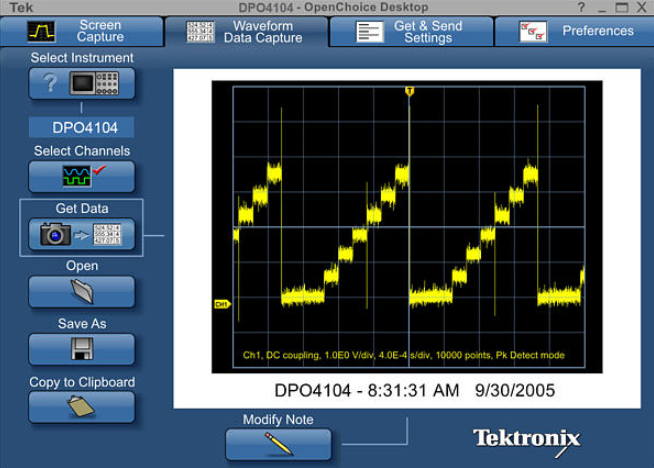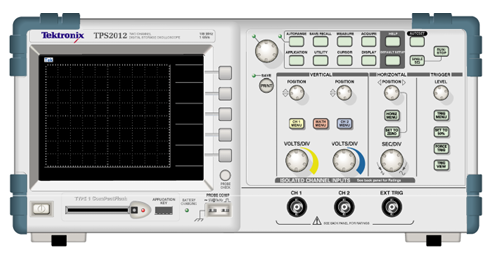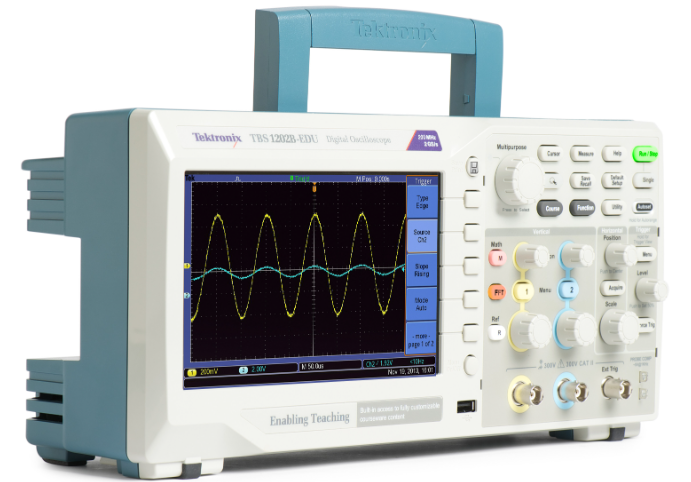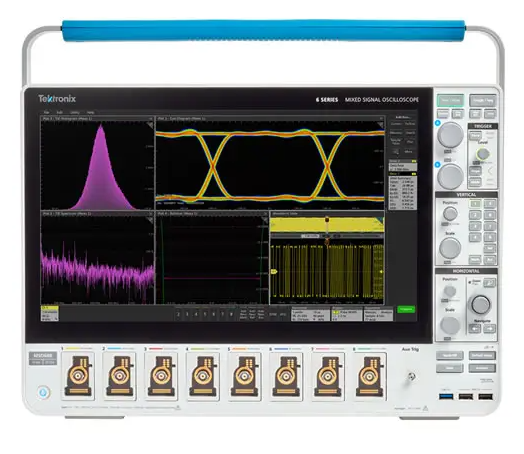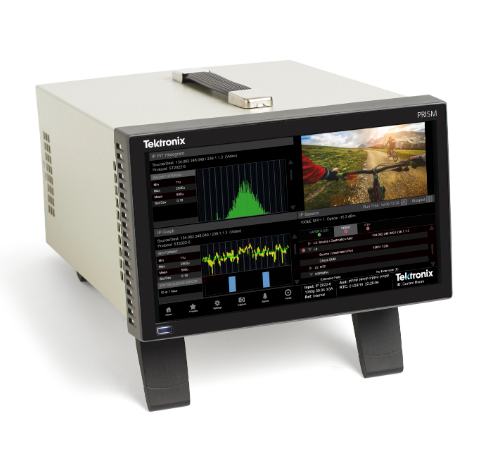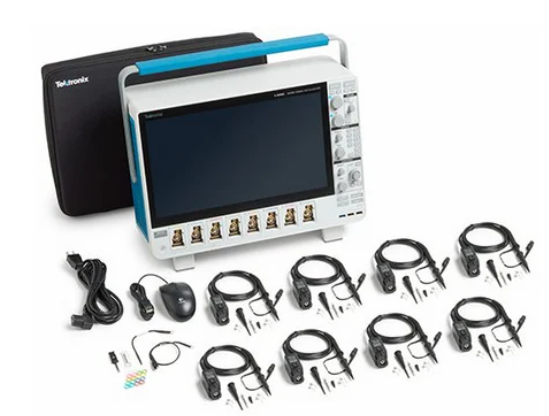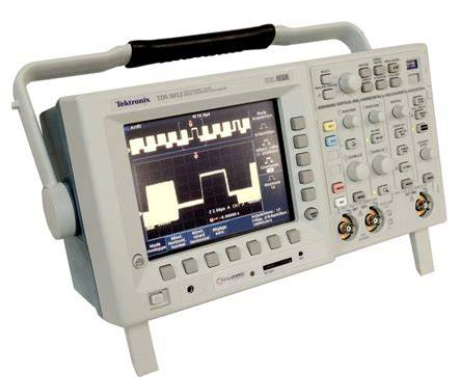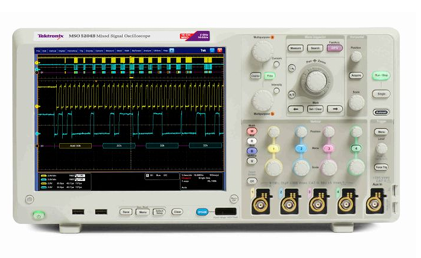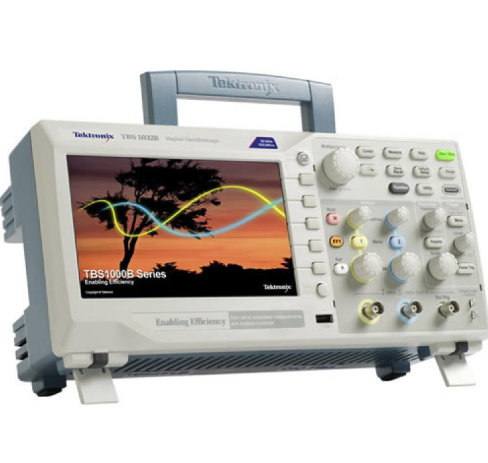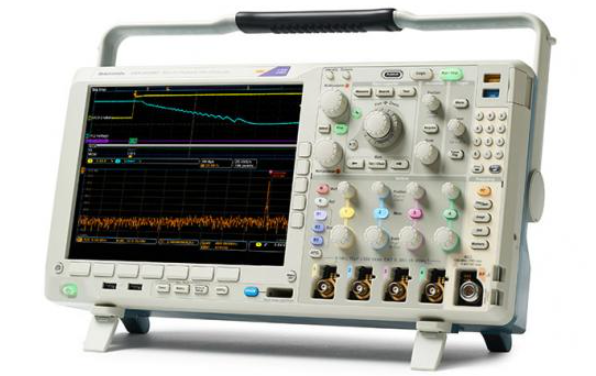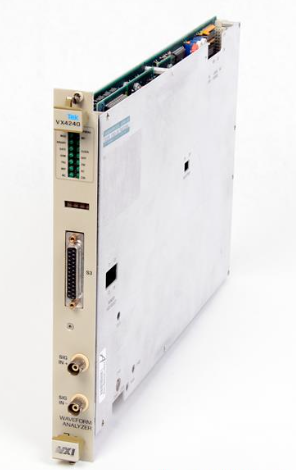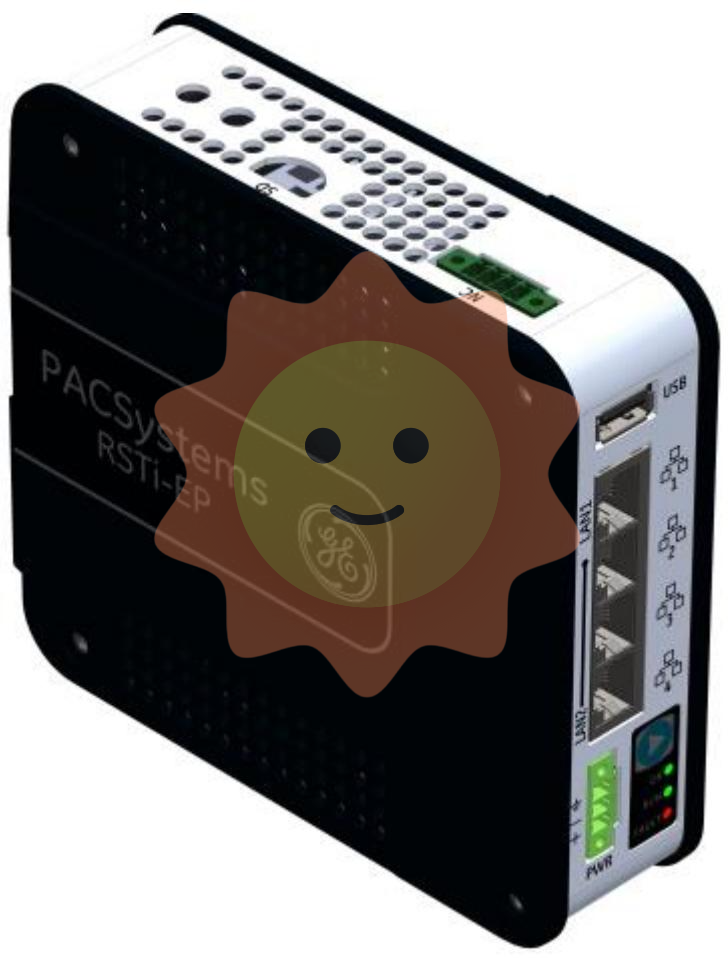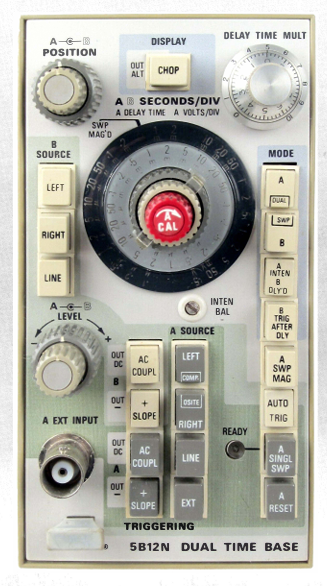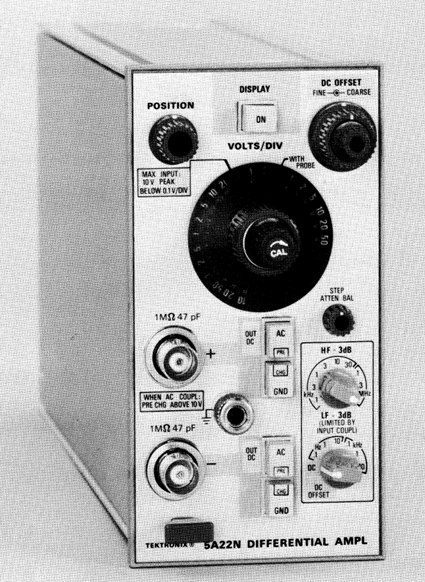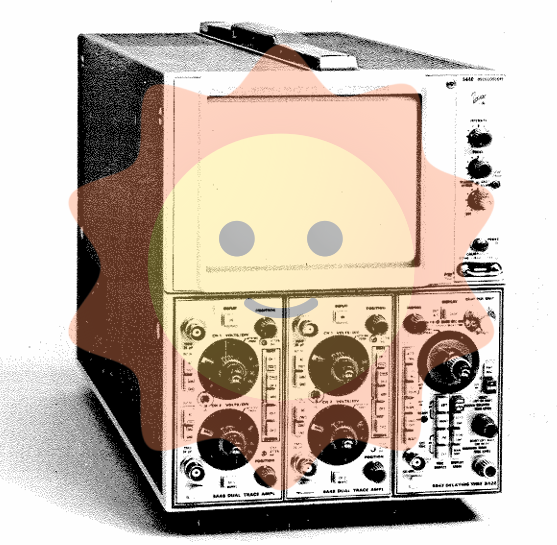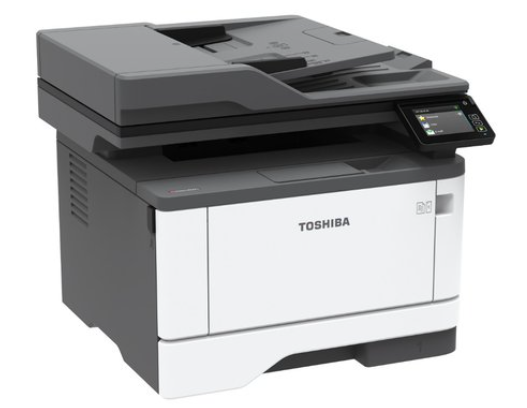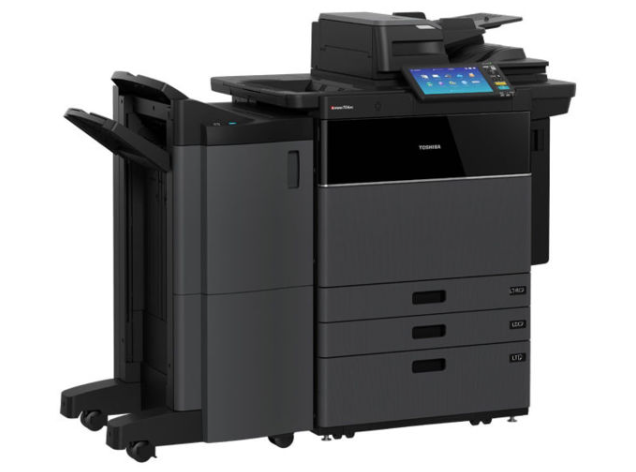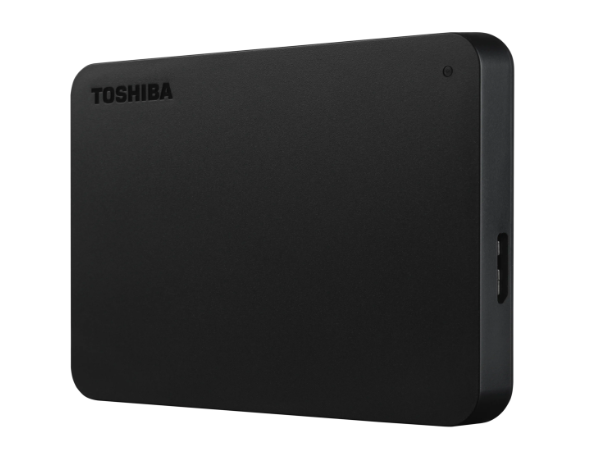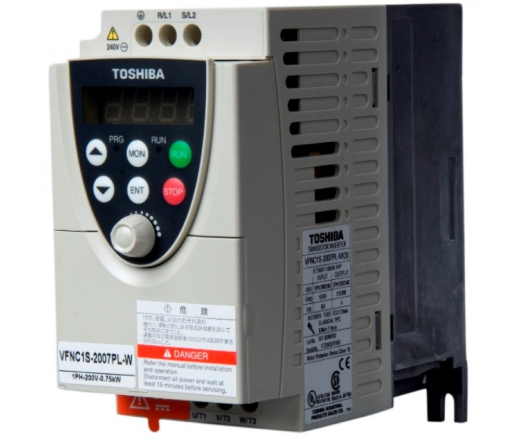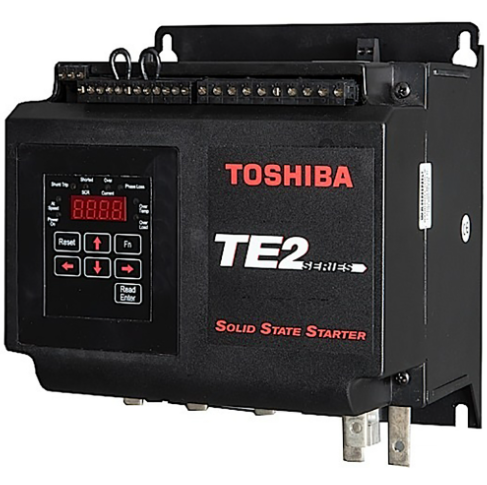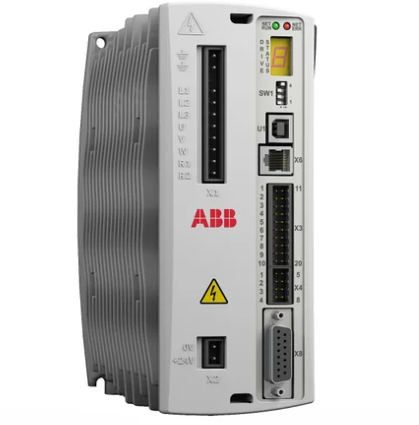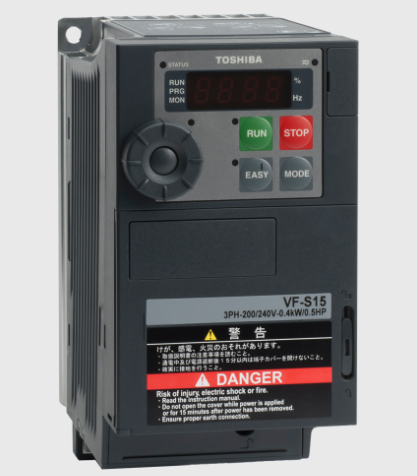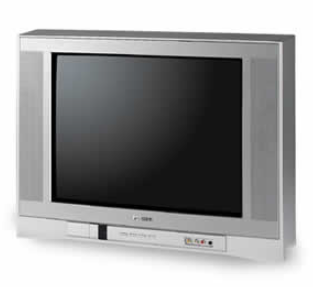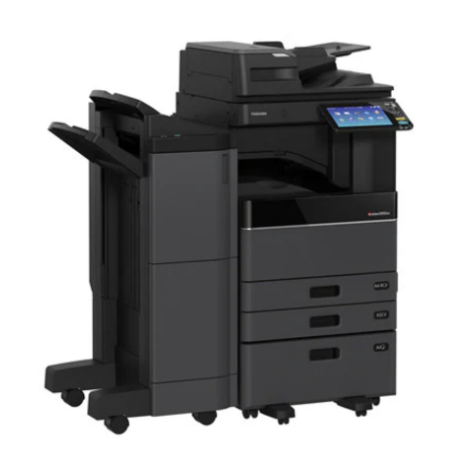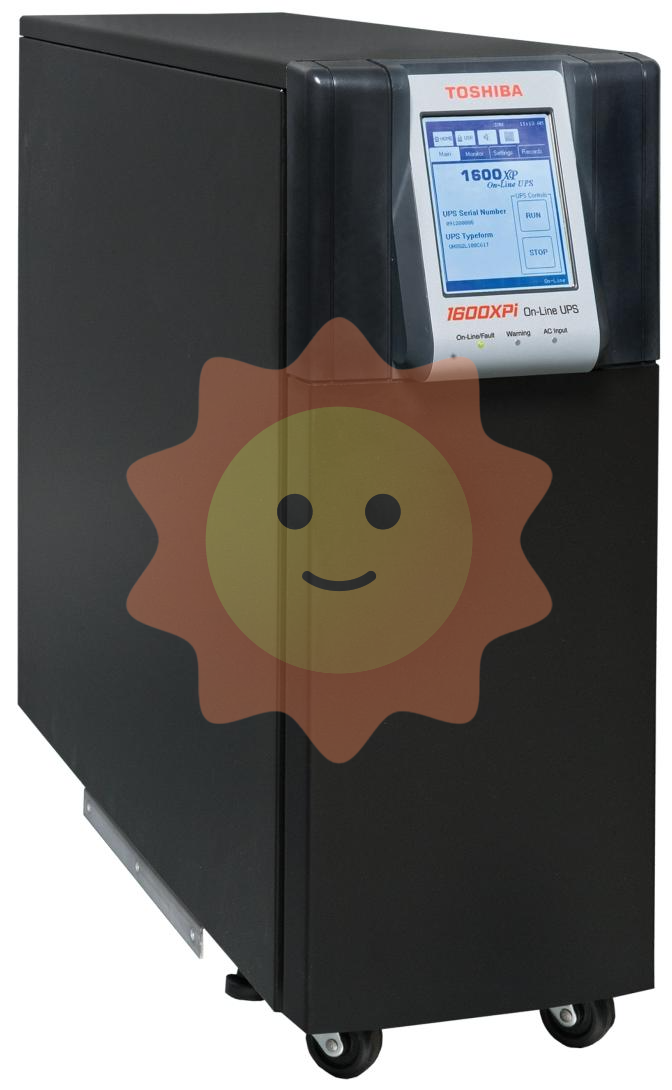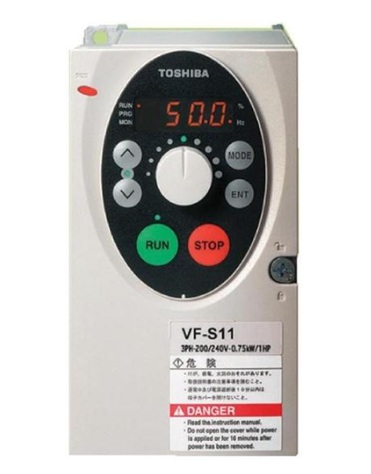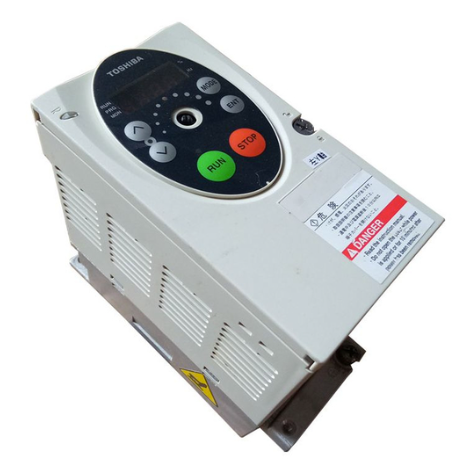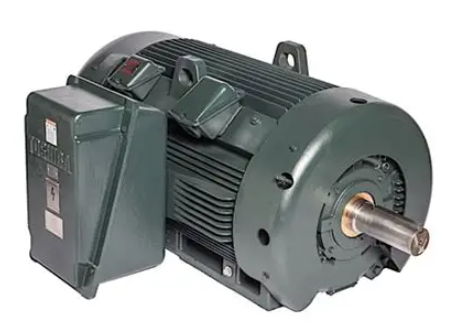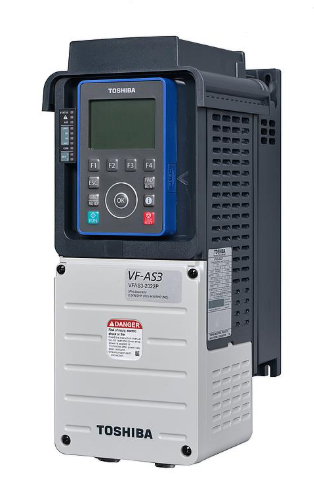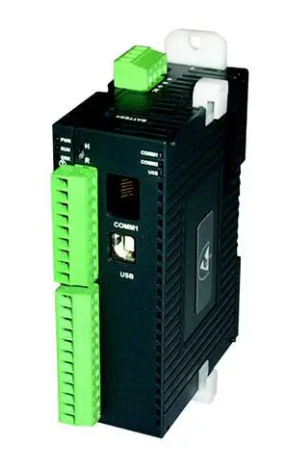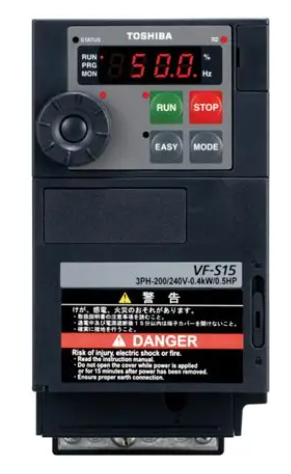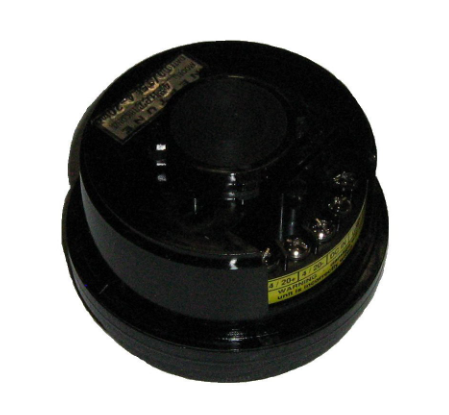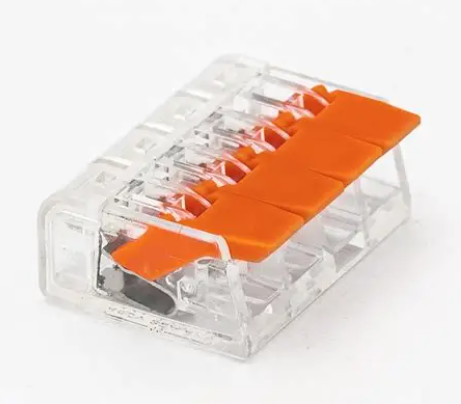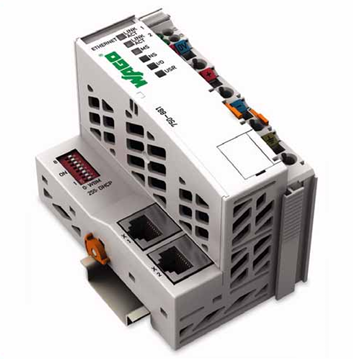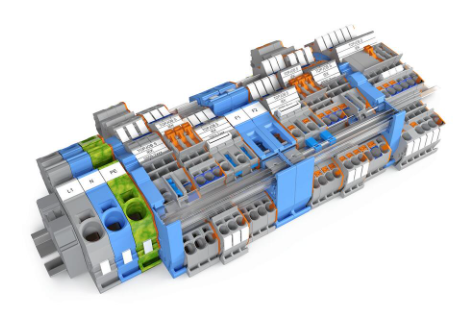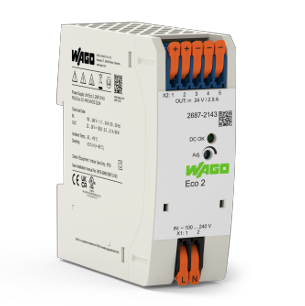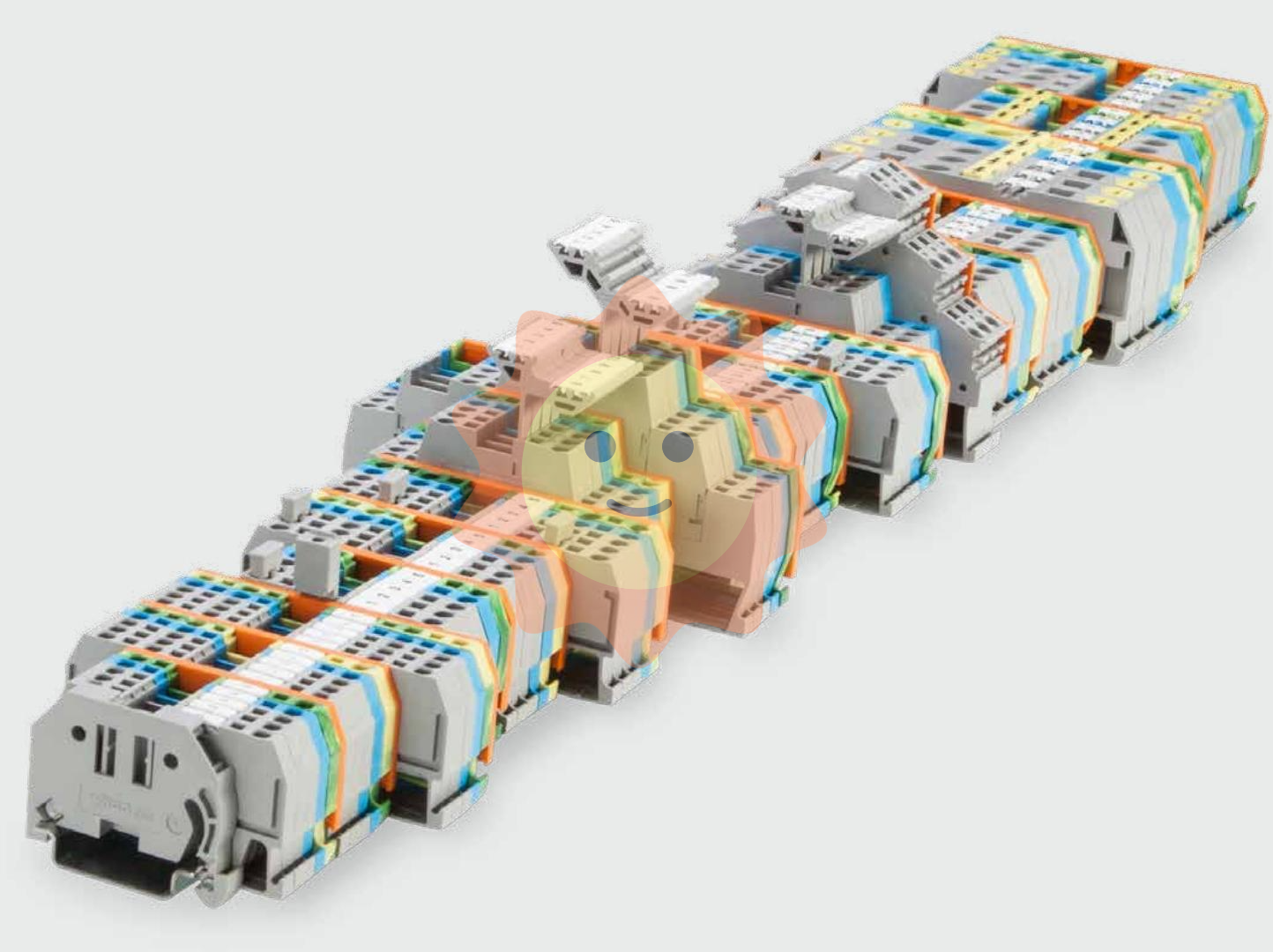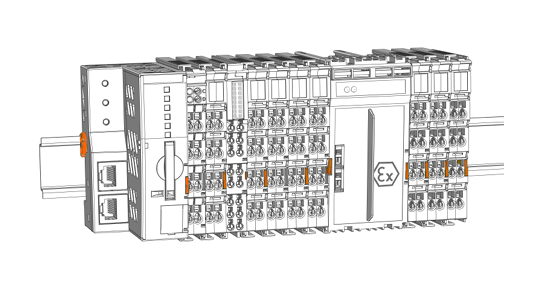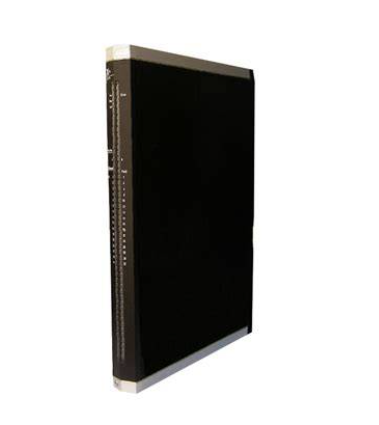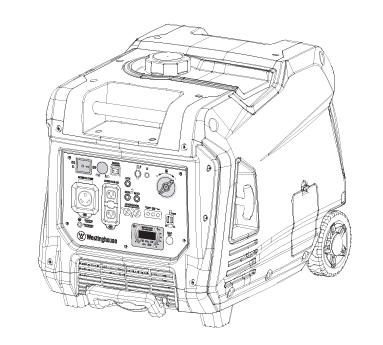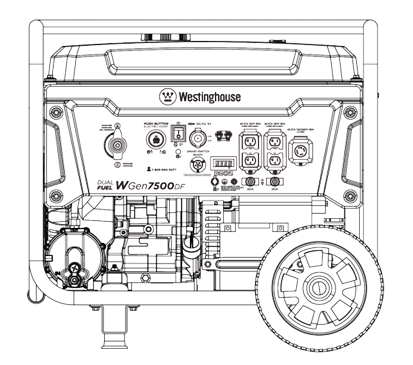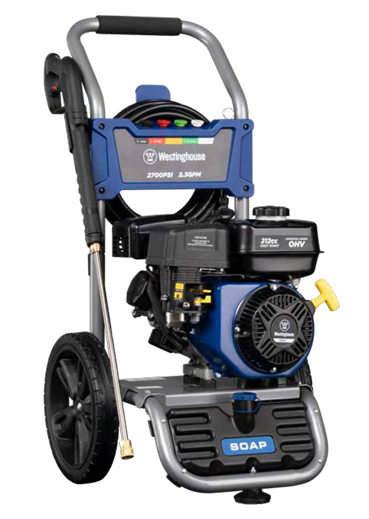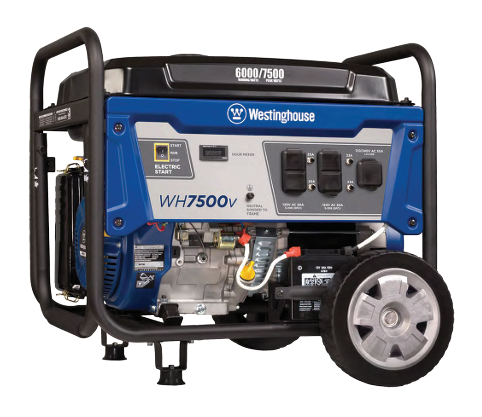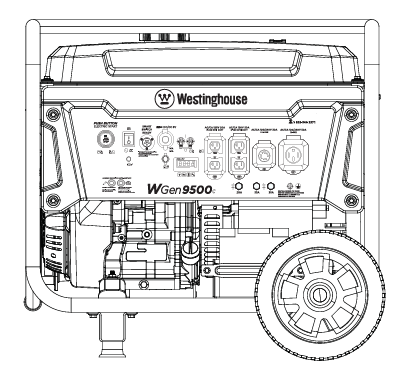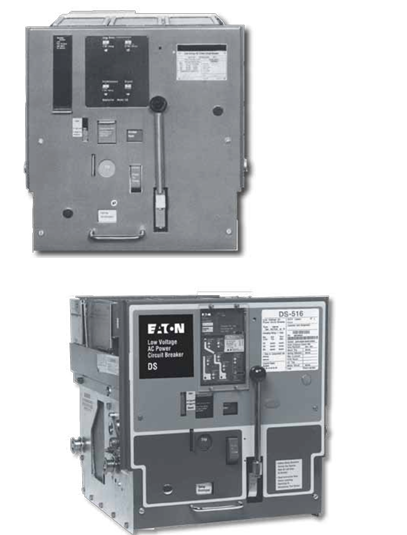Manufacturers
ABB
Model(s)
ABB Advant Controller 31, ABB Advant OCS
Additional Information
8 inputs, 12-bit resolution, 8 Pt100, +/- 50 mV, +/- 500 mV, +/- 5 V, +/- 10 V, 0...20 mA,
Estimated Shipping Size
Dimensions: 6.0" x 4.0" x 5.0"
(15.2 cm x 10.2 cm x 12.7 cm)
Weight: 0 lbs 12.0 oz (0.3kg )
Tariff Code: 8538903000
Country of Origin: Sweden
Ships from Webster NY, USA
ABB GJR5251600R0202 07AI91 Analog Input Unit
Basic Information
Model and Series:
The model number is GJR5251600R0202 and belongs to ABB's 07AI91 series of analogue input units. In industrial automation control systems, analogue input units are mainly used to acquire external analogue signals and convert them into digital signals for processing by the controller.
Presumed origin:
ABB This type of industrial equipment usually originates from industrially developed countries in Europe, such as Germany or Sweden. These regions are known for their advanced electronics manufacturing technology and strict quality control systems, which suggests that the analogue input unit may have a high level of quality and stability, and be able to adapt to complex industrial environments.
Appearance and Size Speculation:
Considering that its application scenario is industrial equipment, it is likely to have a compact design. It may be a small circuit board module, perhaps around 10 - 15 cm in length, 8 - 12 cm in width, and 2 - 4 cm in thickness. It should be relatively light in weight, probably around 0.3 - 0.6 kg, and easy to install in a circuit board slot inside an industrial control cabinet or in an analogue input slot in other equipment.
Performance Characteristics
Input channels and signal types:
It has multiple analogue input channels, the exact number of which may vary depending on the product design, but it is generally capable of capturing a wide range of analogue signals at the same time. It supports a wide range of common analogue signal types, such as voltage signals (e.g. 0 - 10V, -10V - +10V, etc.) and current signals (e.g. 0 - 20mA, 4 - 20mA, etc.). This allows it to connect to a variety of industrial sensors, such as temperature sensors (output voltage or current signals to indicate temperature), pressure sensors, etc., which are widely used in different industrial measurement scenarios.
Signal Acquisition Precision:
Having a high signal acquisition accuracy is one of the key factors in ensuring the accuracy of an industrial control system. The accuracy may be 0.1% or higher, and can accurately convert analogue signals to digital signals. For example, in a high-precision temperature control system, it can accurately collect the tiny voltage changes in the output of the temperature sensor, which will be converted to digital signals, provided to the controller for precise temperature control, thereby ensuring system stability and product quality.
Anti-interference ability:
In the industrial environment, there are various electromagnetic interference, noise and other unfavourable factors. The analogue input unit uses a variety of anti-interference measures, such as filtering circuits, shielding technology. The filter circuit can effectively filter out the high frequency noise in the signal, and the shielding technology can prevent the influence of external electromagnetic interference on the signal acquisition. This makes it still able to collect analogue signals stably near strong sources of electromagnetic interference such as motors and frequency converters, ensuring the authenticity and reliability of the data.
Communication interface and data transmission:
Having a suitable communication interface enables it to transmit the acquired digital signals to the upper controller (e.g. PLC). It may support common industrial communication protocols such as Profibus, CANopen or other specific ABB internal communication protocols. Through these communication interfaces, it can transmit data to the controller quickly and consistently, enabling real-time data processing and control. For example, in the monitoring system of an automated production line, it can transmit the data collected by the sensors to the PLC in a timely manner, and the PLC can make control decisions based on this data to ensure the normal operation of the production line.
Application Fields
Industrial automated production line applications:
In the automobile manufacturing line, it can be used to collect data from various analogue sensors. For example, the current and voltage signals of welding equipment are collected to monitor the welding quality; the flow and pressure signals of painting equipment are collected to ensure the stability of the painting process. In machining production lines, temperature sensors and vibration sensors can be connected for monitoring the working status of machine tools, such as tool temperature, machine vibration conditions, etc., to provide data support for equipment maintenance and production quality control.
Application in process control system:
It is a key signal acquisition device in process industries such as chemical, petroleum and natural gas. It can collect analogue signals such as temperature, pressure, liquid level, etc. of the reactor and transmit these signals to the control system to achieve precise control of the production process. For example, in the chemical reaction process, precise temperature and pressure control is the key to ensure the safety of the reaction and the quality of the product, and this analogue input unit can accurately collect these parameters to provide reliable data for the control system and guarantee the stable operation of the production process.
Energy management system related applications:
In the energy management system, it is used to collect analogue signals from energy metering equipment. For example, the voltage and current signals of the electric meter are collected for calculating electric energy consumption; the flow signal of the water meter is collected for counting water consumption. Through the collection and analysis of these data, enterprises can better manage energy consumption, formulate energy-saving strategies, and improve the efficiency of energy use.

- User name Member Level Quantity Specification Purchase Date
- Satisfaction :
-









Email:wang@kongjiangauto.com

